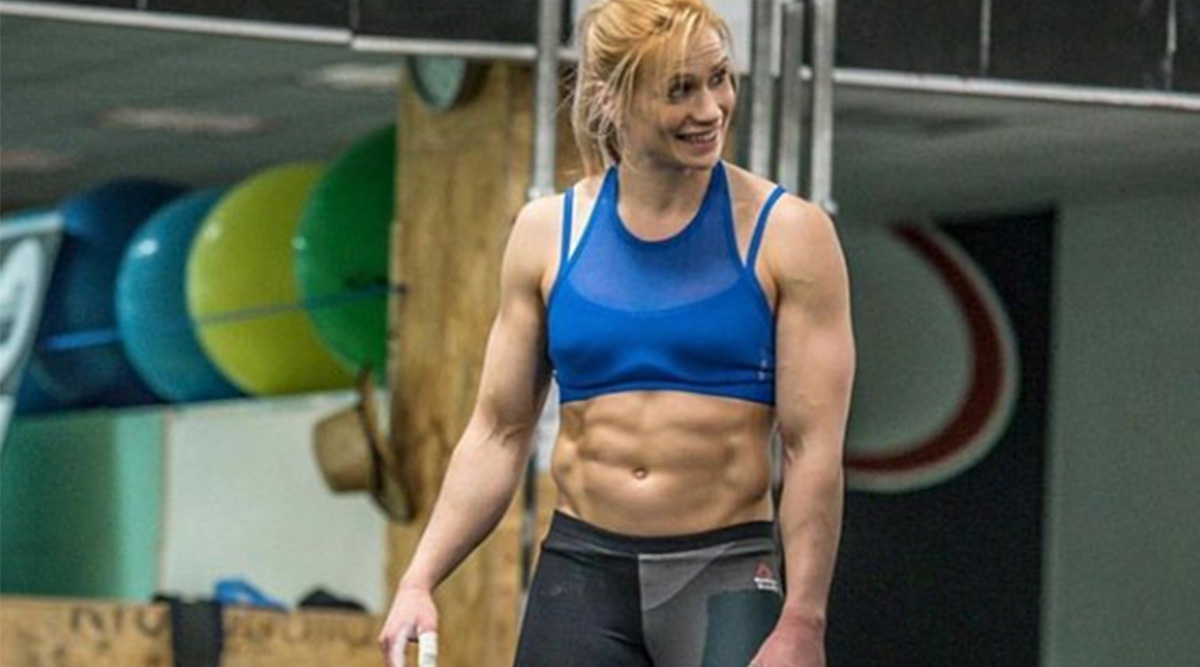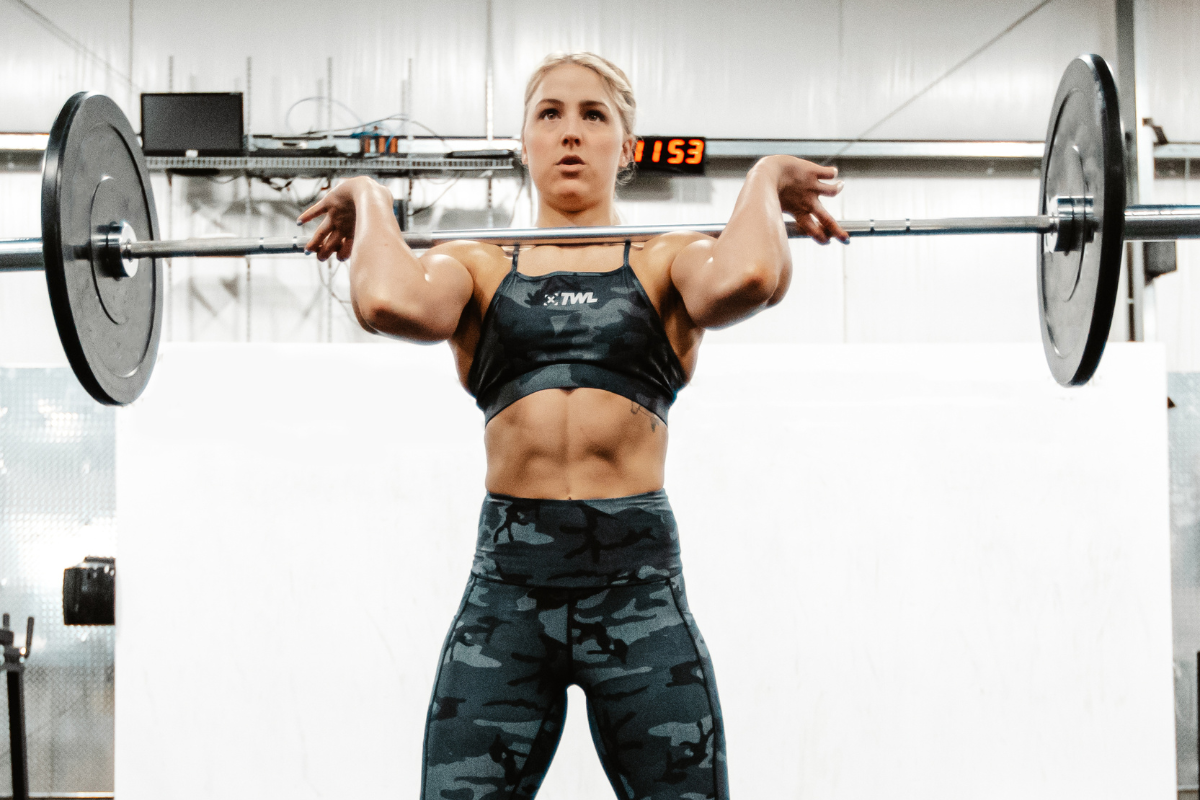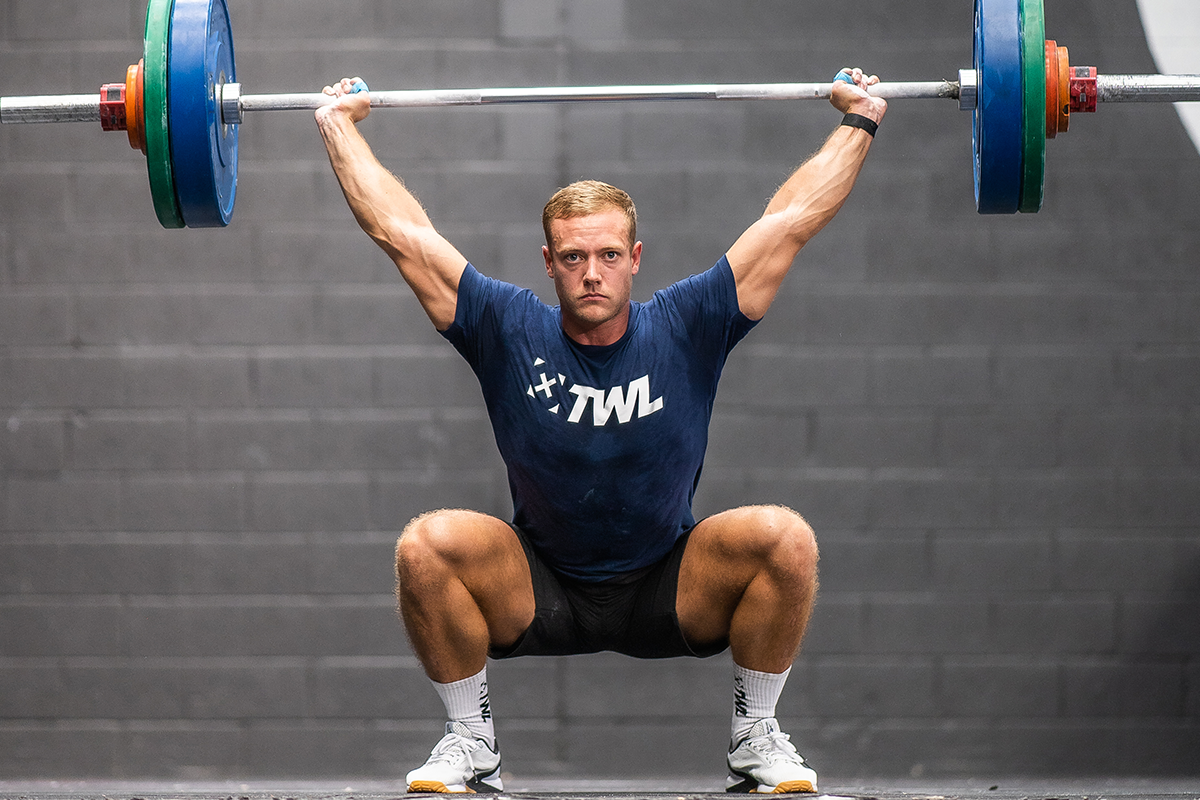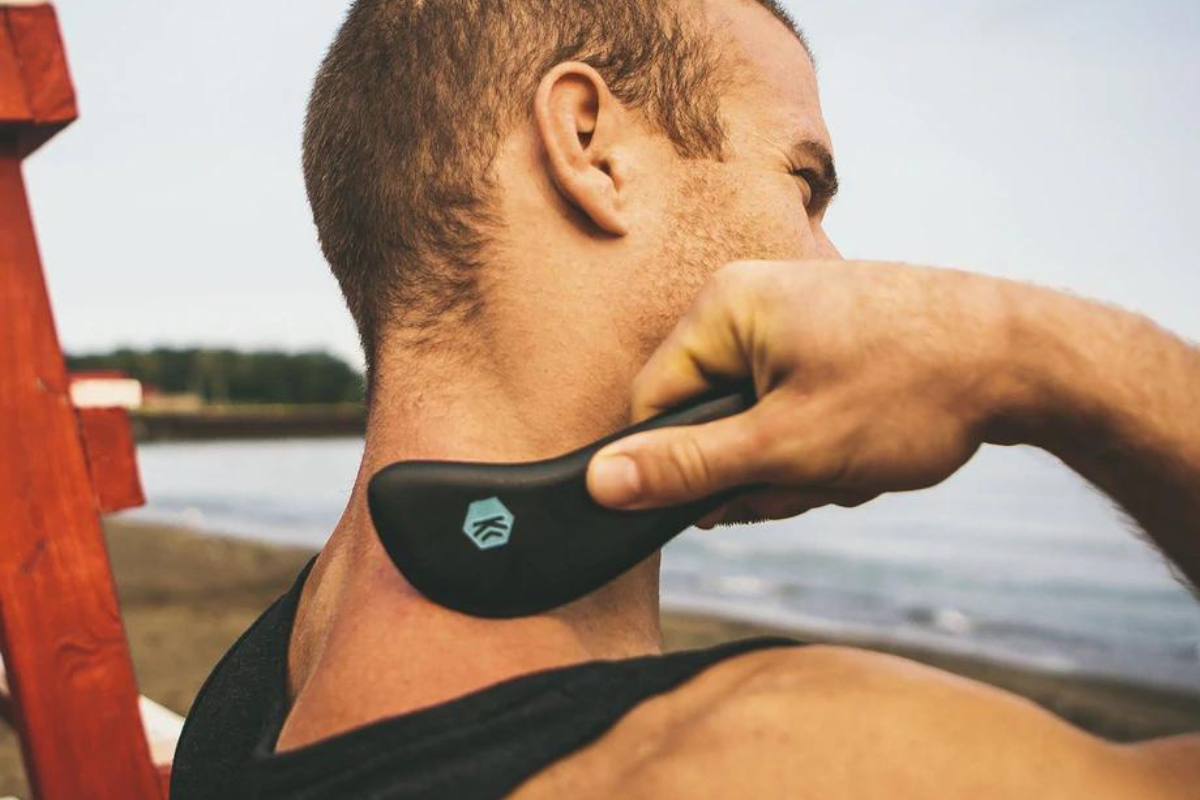Working out has a long list of benefits, one of the most popular being fat loss. Chances are if you’re committed to hitting the gym, you probably have a goal of leaning out (because who doesn’t want to look good naked?). But it takes more than just an hour at the gym to get the body you want. If you’ve been following a workout routine religiously but still aren’t seeing any body composition change, read below to find out why you are probably having a hard time leaning out.
3 Reasons You’re Not Leaning Out
Training
To burn fat and get lean, you need to not only be training but doing the right kind of training. If you consider yourself a cardio bunny and spend hours upon hours on the treadmill and elliptical, there’s a reason you aren’t seeing yourself lean out. Although cardio workouts might (might) burn more calories than weight training, your metabolism stays elevated for longer after slinging some weights than it does after 30 minutes on the stair-stepper.
Cardio is good for fat loss in the moment. Strength training is good for fat loss even after you’ve stopped training. It’s the gift that keeps on giving.
Weight lifting is also better for building muscle compared to cardio, and when you have more muscle, your body burns more calories throughout the day. This means the more muscle you build, the harder it will be to gain and maintain body fat, because your body will turn into a calorie-burning machine.
If you are not seeing the results you want from your current training program, pick up a barbell or some dumbbells and start incorporating weightlifting into your fitness regimen. It is the ideal program for improving body composition.
Nutrition
If you don’t know by now, abs are made in the kitchen. Training hard isn’t enough. Your diet must be on point if you want to lose fat and lean out. While your total caloric intake is important (and possibly the most important), the kind of calories you eat matter too.
If you have made some major changes to your diet but still aren’t seeing results, you might consider tracking your macros (protein, carbs, and fats) if you are not already.
Your macros depend on your training schedule, goals, gender, age, and other factors. If your macros are totally out of whack, they could be to blame for stubborn body fat. For example, if you’re not eating enough carbs or protein or you’re eating too much fat, your body composition might not change, regardless of your training. Getting these ratios into the right balance can help you achieve your goals.
There are a ton of “macro calculators” you can find online, or if you really want to take your nutrition to the next level, you may consider finding a nutrition coach. Whatever approach you take, remember to eat clean and log your food.
Never forget: you can’t out-train a bad diet!
Recovery
You only spend so many hours in the gym per week. How you spend the rest (and the majority) of your time recovering is equally, if not more, important. This is when your body rebuilds and grows stronger. This is when the magic happens. Are you taking care to recover intelligently? Are you spending time on active recovery, mobilising, foam rolling, and stretching?
On a similar note, make sure you are not overtraining. One might think more training and added workouts would lead to better and faster progress, but it is actually the opposite. When you overtrain and don’t spend sufficient time on recovery, your body will have a hard time producing lean muscle mass. It will actually work in the opposite direction and burn muscle rather than fat and ultimately lead to a nasty case of CNS fatigue.
Stick to your program, and if you get the urge to add an extra workout in, instead spend time rolling out or stretching. Your body will thank you in the long run.
Remember change doesn’t happen overnight. Don’t give yourself a hard time if you aren’t seeing results in the first couple of weeks. Make a plan by finding a training program that works well for you, macros to follow that are unique to you and your goals, and a recovery regimen that will make sure your body is getting the rest it needs in between workouts. Most importantly, remember to show yourself some love even if you aren’t exactly where you want to be yet.
Main image: Annie Thorisdottir/Instagram

















